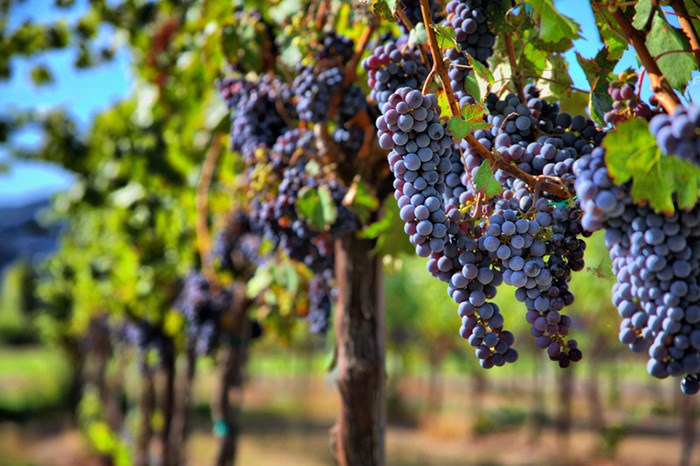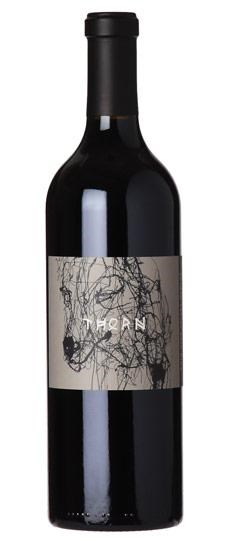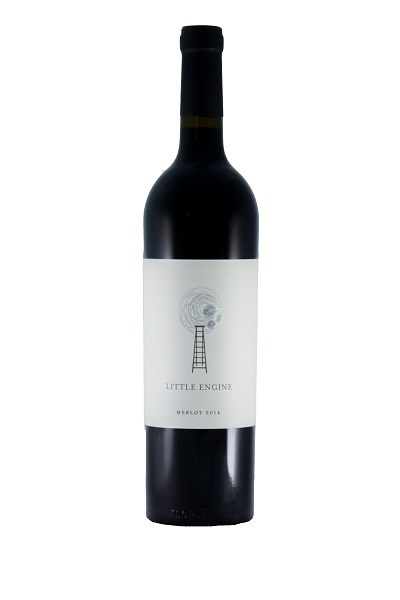 Photo: Vine Pair
Photo: Vine Pair
Rarely has one line in one movie had such an impact on sales.
When Paul Giamatti’s Sideways character Miles said “we are not drinking any *%$#@ Merlot”, the wine industry watched helplessly as sales of this noble grape plummeted. It was as if James Bond walked up to the casino bartender in a movie and said “you know what? Vodka’s actually kinda gross, got any Fanta?”
That quote crystallized what people were already feeling: that Merlot had become passé. After a heyday in the 90s, where the opening of Chile’s markets coincided with a general preference shift from white to red (because of newly reported health reasons) and everyone discovered the great new, affordable “it” grape called Merlot, the pendulum swung the other way. Following a decade of producers undercutting each other in price and quality, the race to the bottom led to the inevitable: a market full of weak, cheap Merlot that tasted like a dilution of plum jam and sadness. New wine drinkers trying Merlot wondered what the hype was about. By the time Sideways came out, that quip was just the nail in the coffin.
And totally unfair. Merlot is one of the great red grapes of the world: in Bordeaux it is the flesh to Cabernet’s bones, in Tuscany it betrays the dusty soils faithfully and beautifully, in California it provides comfort-food-like body (the influential Wine Spectator crowned a Cali Merlot Wine of the Year 2017), and in Washington it creates powerhouses that are often bolder than that state’s Cabernets. Along with Syrah, Merlot is one of the best ways forward for BC’s wine journey, as it ripens well here and can achieve an almost Old World structure with the right oak aging. Merlot is a world citizen, and the postcards that it sends us from all points are unique and often amazing. Here are some powerful examples:
 Thorn 2014, Napa Valley. Predominantly Merlot with a garnish of Malbec from Napa Valley floor and Carneros, made by the folks who make The Prisoner, Thorn is the Hulk of Merlot. Strong, weighty, uber-thick, not particularly delicate or even articulate – jury’s out on whether it can understand basic commands – but it can find all of the corners of your mouth and beat them up. You don’t pour this wine from the bottle, you parole it. All the naysayers who told you that Merlot made weak wine aren’t saying that anymore because Thorn ate them. In any tasting line-up, Thorn must be served last, because – and this is very important – Thorn can’t know about the other wines. $63.49 +tax
Thorn 2014, Napa Valley. Predominantly Merlot with a garnish of Malbec from Napa Valley floor and Carneros, made by the folks who make The Prisoner, Thorn is the Hulk of Merlot. Strong, weighty, uber-thick, not particularly delicate or even articulate – jury’s out on whether it can understand basic commands – but it can find all of the corners of your mouth and beat them up. You don’t pour this wine from the bottle, you parole it. All the naysayers who told you that Merlot made weak wine aren’t saying that anymore because Thorn ate them. In any tasting line-up, Thorn must be served last, because – and this is very important – Thorn can’t know about the other wines. $63.49 +tax
 Tenuta Sette Ponti Orma 2014, Tuscany. There is just something that Merlot can draw out of Tuscan soil that’s so idiosyncratic: change the grape or the dirt and you don’t have it. It’s a minerality that you don’t find anywhere else, and here Merlot leads the dance with Cabs Sauv and Franc following suit. Cherry, leather, dried fruit and dried tobacco surround a firm body that screams “loud” more than “big”. Less tannic than you’d expect on the finish, given the powerful front-of-mouth delivery. $94.99 +tax
Tenuta Sette Ponti Orma 2014, Tuscany. There is just something that Merlot can draw out of Tuscan soil that’s so idiosyncratic: change the grape or the dirt and you don’t have it. It’s a minerality that you don’t find anywhere else, and here Merlot leads the dance with Cabs Sauv and Franc following suit. Cherry, leather, dried fruit and dried tobacco surround a firm body that screams “loud” more than “big”. Less tannic than you’d expect on the finish, given the powerful front-of-mouth delivery. $94.99 +tax
 Little Engine “Silver” Merlot 2015, Naramata Bench, B.C. I visited the French family’s winery in September, and although the whole lineup impressed, it was actually the entry-level “Silver” Merlot that turned heads, mostly because of the great value, there’s a lot packed into here. This is a nicely balanced BC red, with black fruit and vanillin over stones and dried spice. Nicely built, this can go a few years lying down and emerge better for it, but not too long – I don’t want to lose the friendly fruit on the nose. $35.99 +tax
Little Engine “Silver” Merlot 2015, Naramata Bench, B.C. I visited the French family’s winery in September, and although the whole lineup impressed, it was actually the entry-level “Silver” Merlot that turned heads, mostly because of the great value, there’s a lot packed into here. This is a nicely balanced BC red, with black fruit and vanillin over stones and dried spice. Nicely built, this can go a few years lying down and emerge better for it, but not too long – I don’t want to lose the friendly fruit on the nose. $35.99 +tax
Written by Jordan Carrier, Vintage Room Consultant at Everything Wine – River District.


